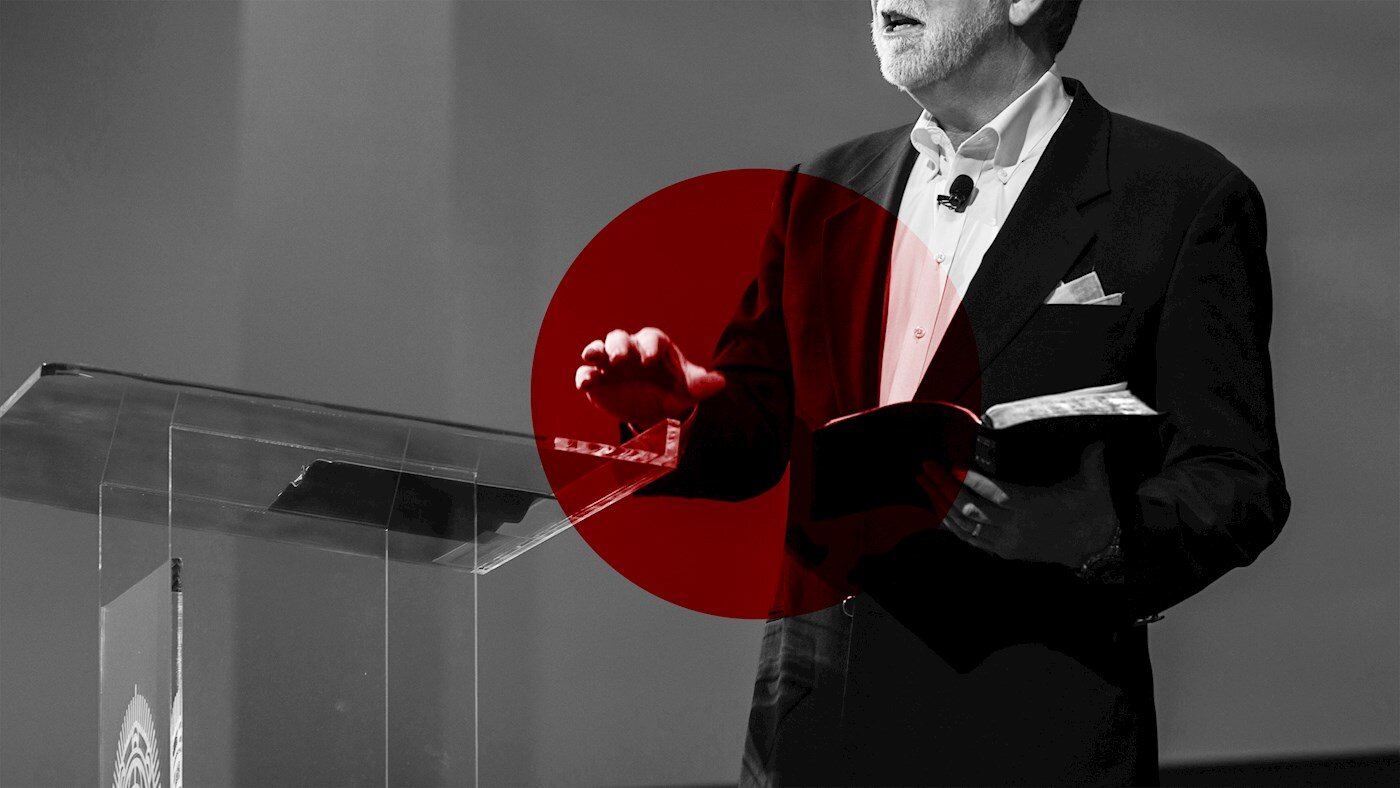Every day, millions of people are directly impacted by domestic violence.
According to the United Nations, domestic abuse — or “intimate partner violence” — is defined as “a pattern of behavior in any relationship that is used to gain or maintain power and control over an intimate partner.” This can be physical, sexual, emotional, economic, psychological or spiritual actions or threats of actions used to “frighten, intimidate, terrorize, manipulate, hurt, humiliate, blame, injure, or wound someone.”
Domestic abuse can happen to anyone of any race, age, sexual orientation, gender or religion.
In the context of domestic violence, religious actors and institutions can both help and harm — but they are not neutral.
On the one hand, studies have shown how religion can be, and often is, used to condone, excuse or enact abuse. On the other hand, religious teachings and communities can provide significant resources for victims as they address abuse. Within religious communities, victims find support or counseling relationships as well as texts, teachings and rituals that provide protection, guidance or succor in the process of healing.
In this updated edition of ReligionLink, we provide resources, links, tips and potential sources to help inform your reporting on religion and domestic abuse.

